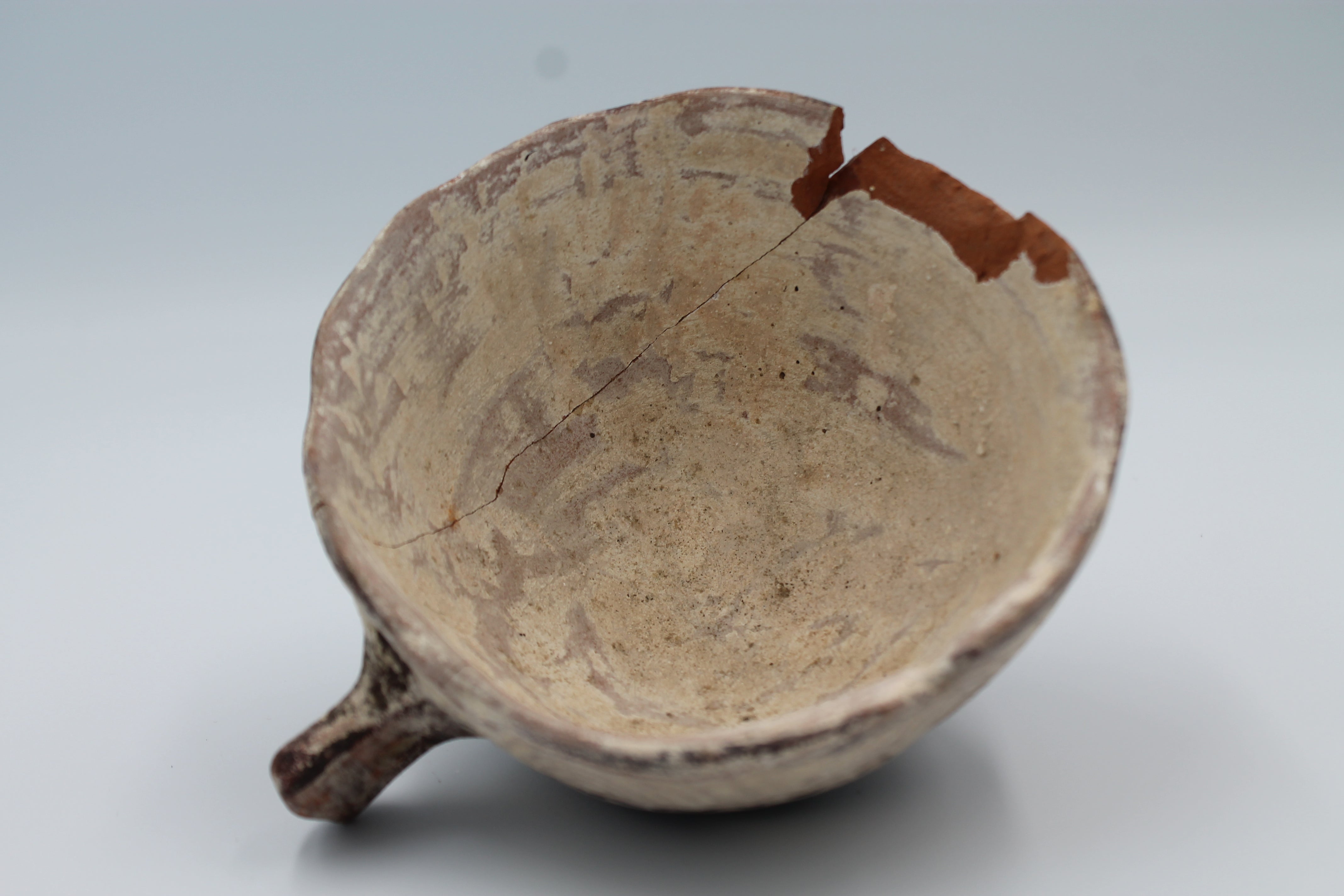Article: Preservation, Not Perfection: How to Care for Storied Objects

Preservation, Not Perfection: How to Care for Storied Objects
There’s a difference between maintaining something and trying to make it look untouched. At Nectar House, we’ve always believed that the marks of time are not flaws — they’re part of the story.
We’ve encountered pieces bearing scars from centuries of ritual, travel, handling, and reverence. The task isn’t to undo that history. It’s to protect what remains.
There’s something deeply grounding about learning to live with age — cracks in ceramic, softened pigment, a worn edge that tells you where it’s been held. Caring for these objects is less about restoration, and more about stewardship.
Here are a few principles we return to often:
-
Handle minimally: Oils from the skin can accelerate wear — use clean hands or gloves.
-
Avoid direct light: Many pigments and materials fade or fracture with prolonged exposure.
-
Keep it dry: Stable humidity levels protect organic materials like wood and clay.
-
Don’t over-clean: A soft brush or dry cloth is usually enough.
-
Support its stance: Ensure items are displayed securely, away from vibration or impact.
When you bring an object with age into your space, you’re not just adding form. You’re participating in a long timeline of care.


